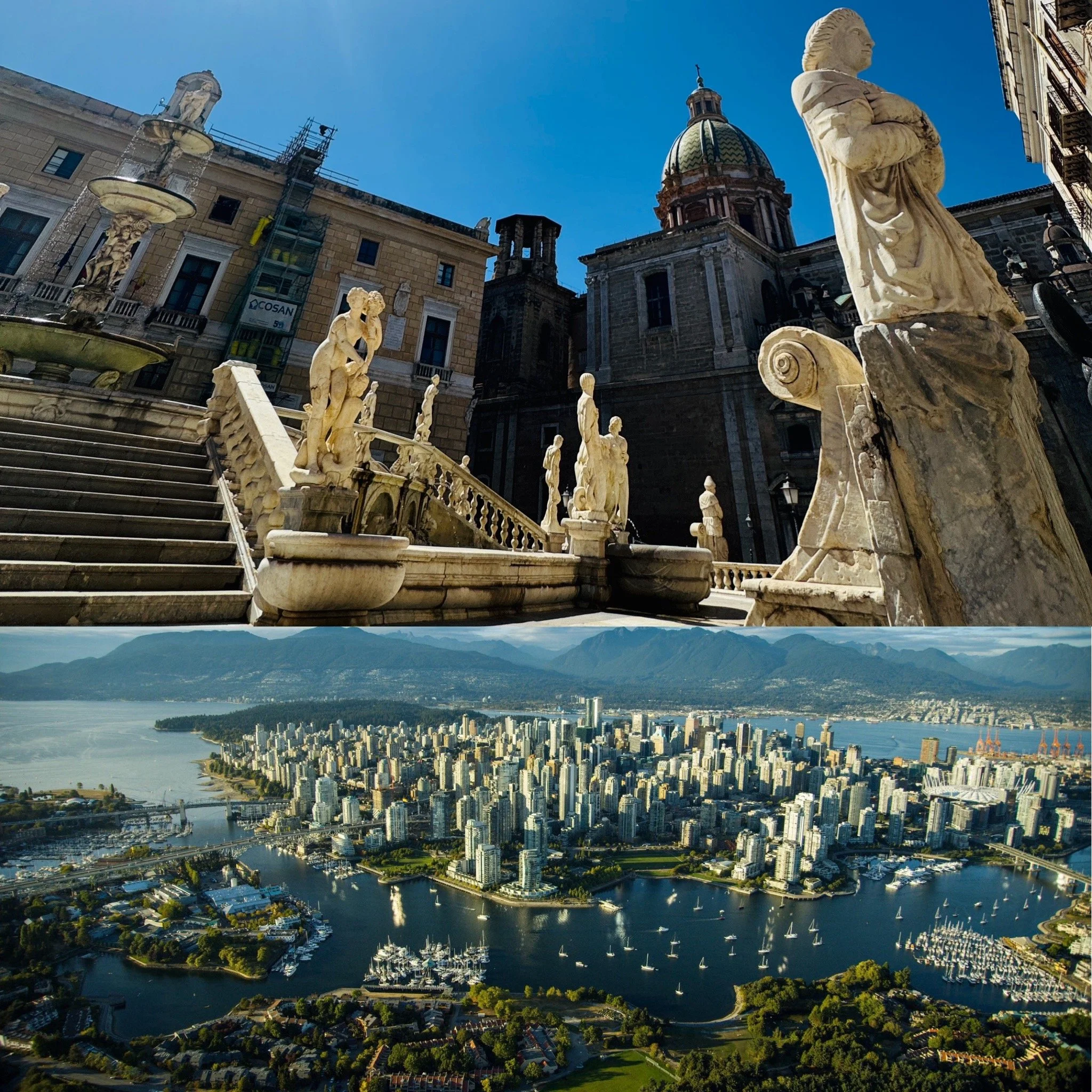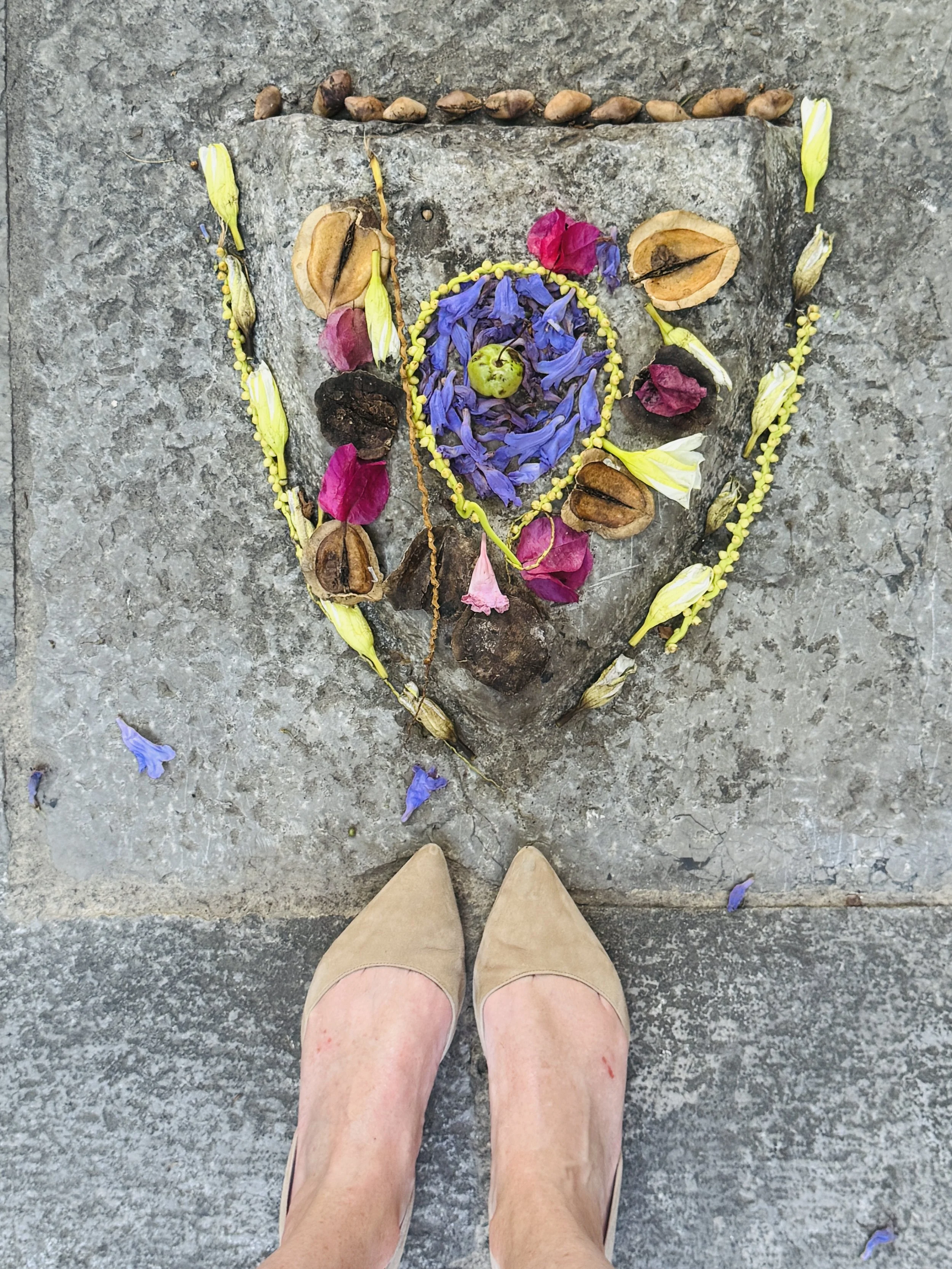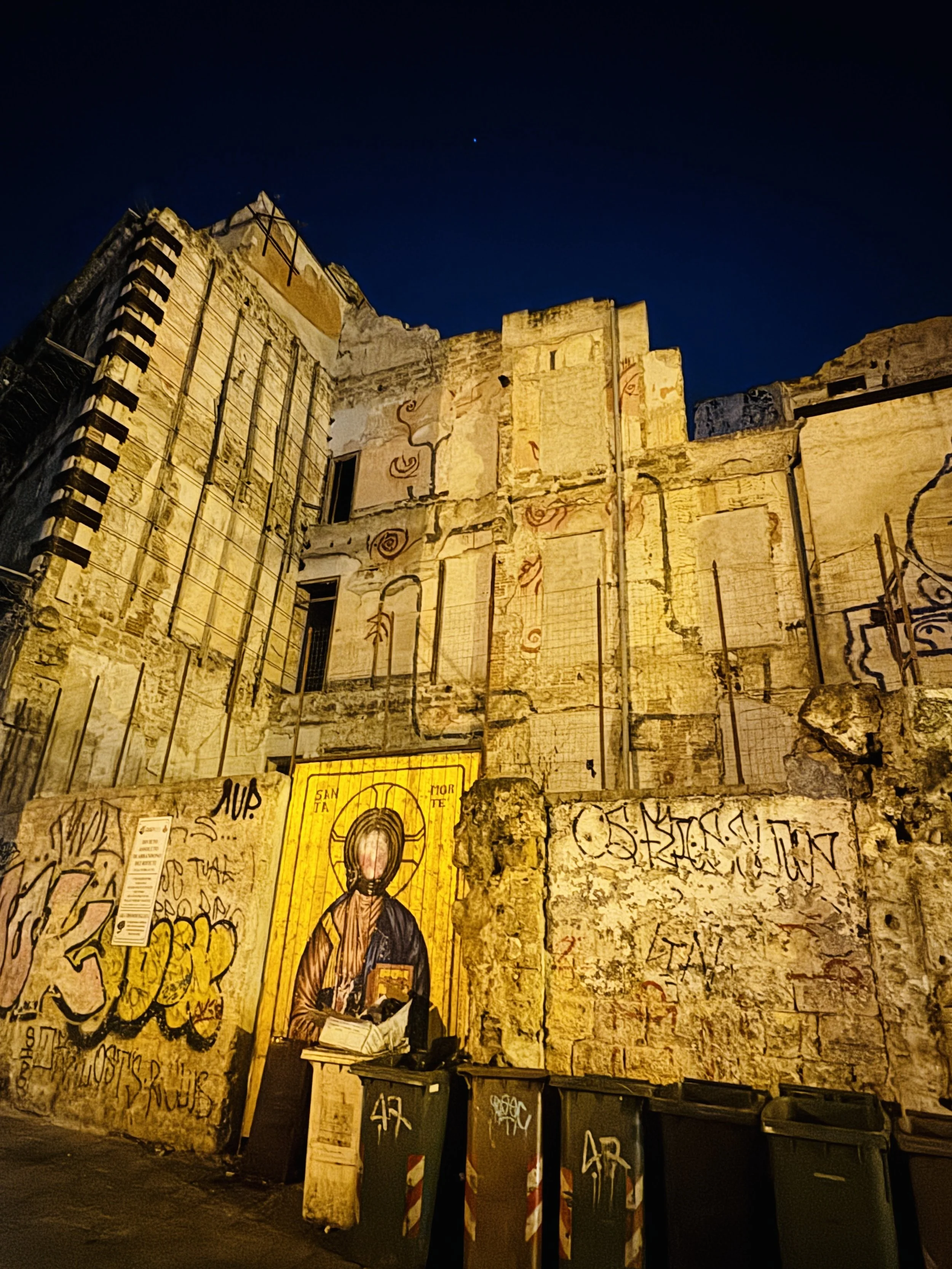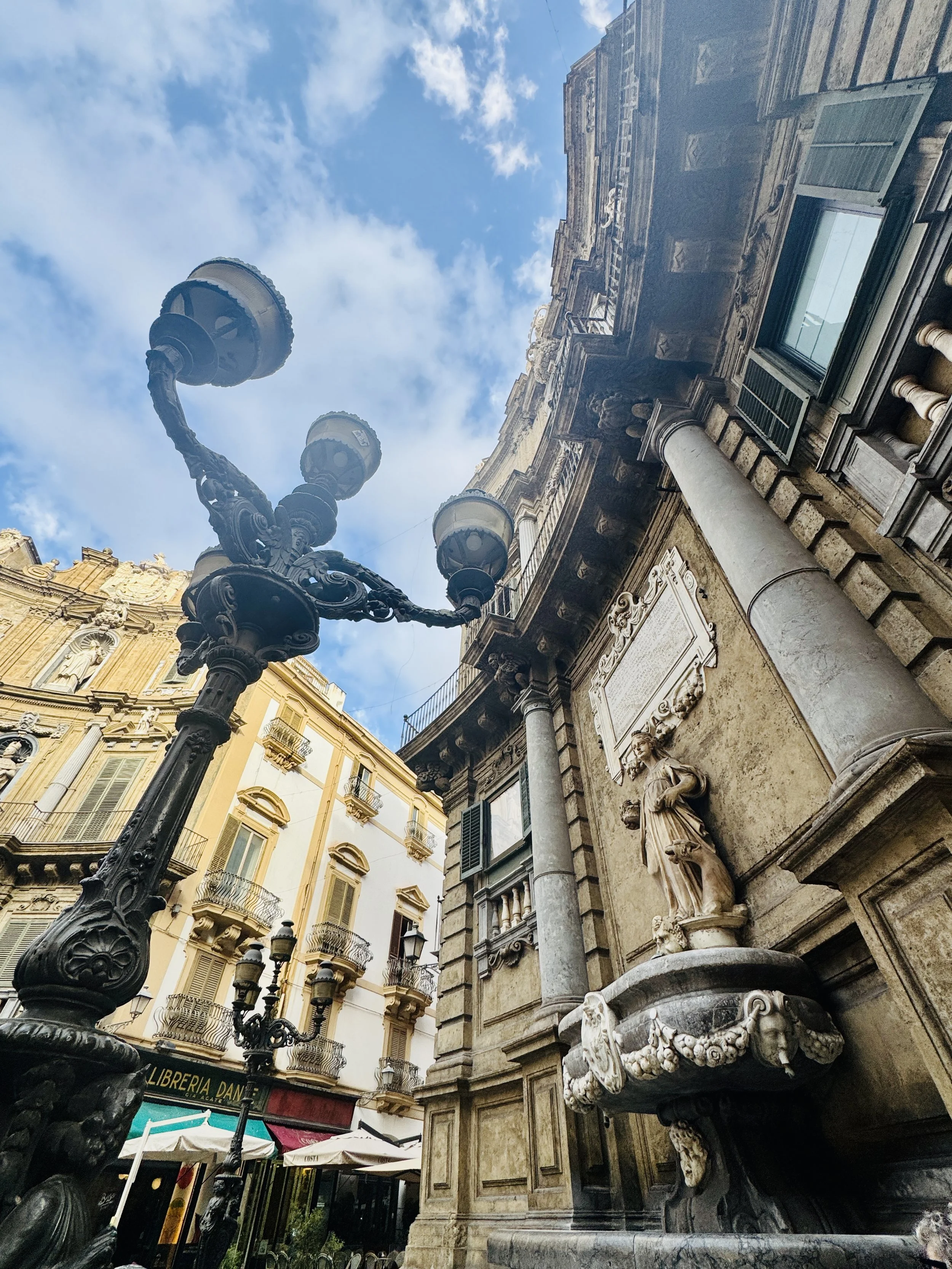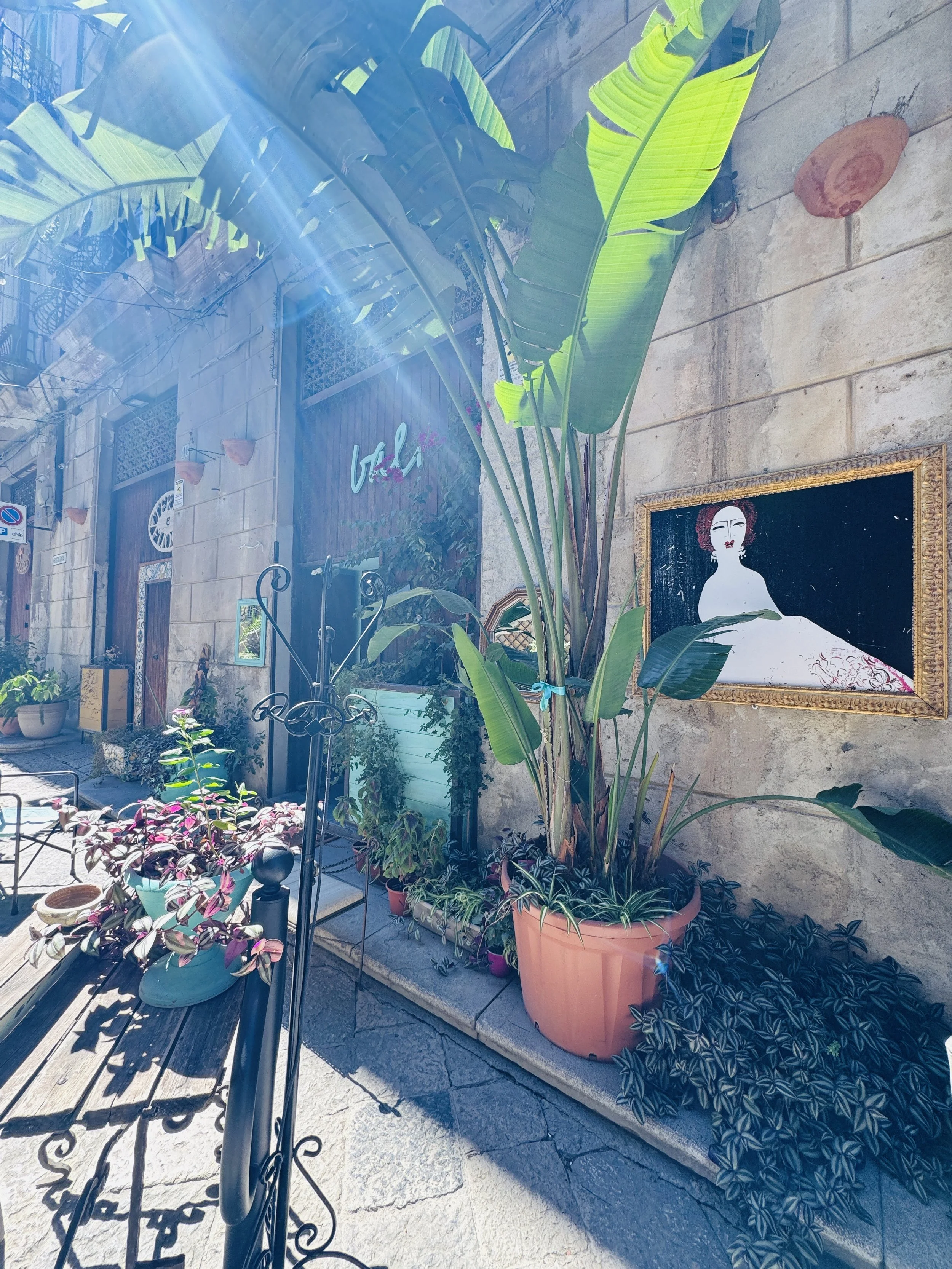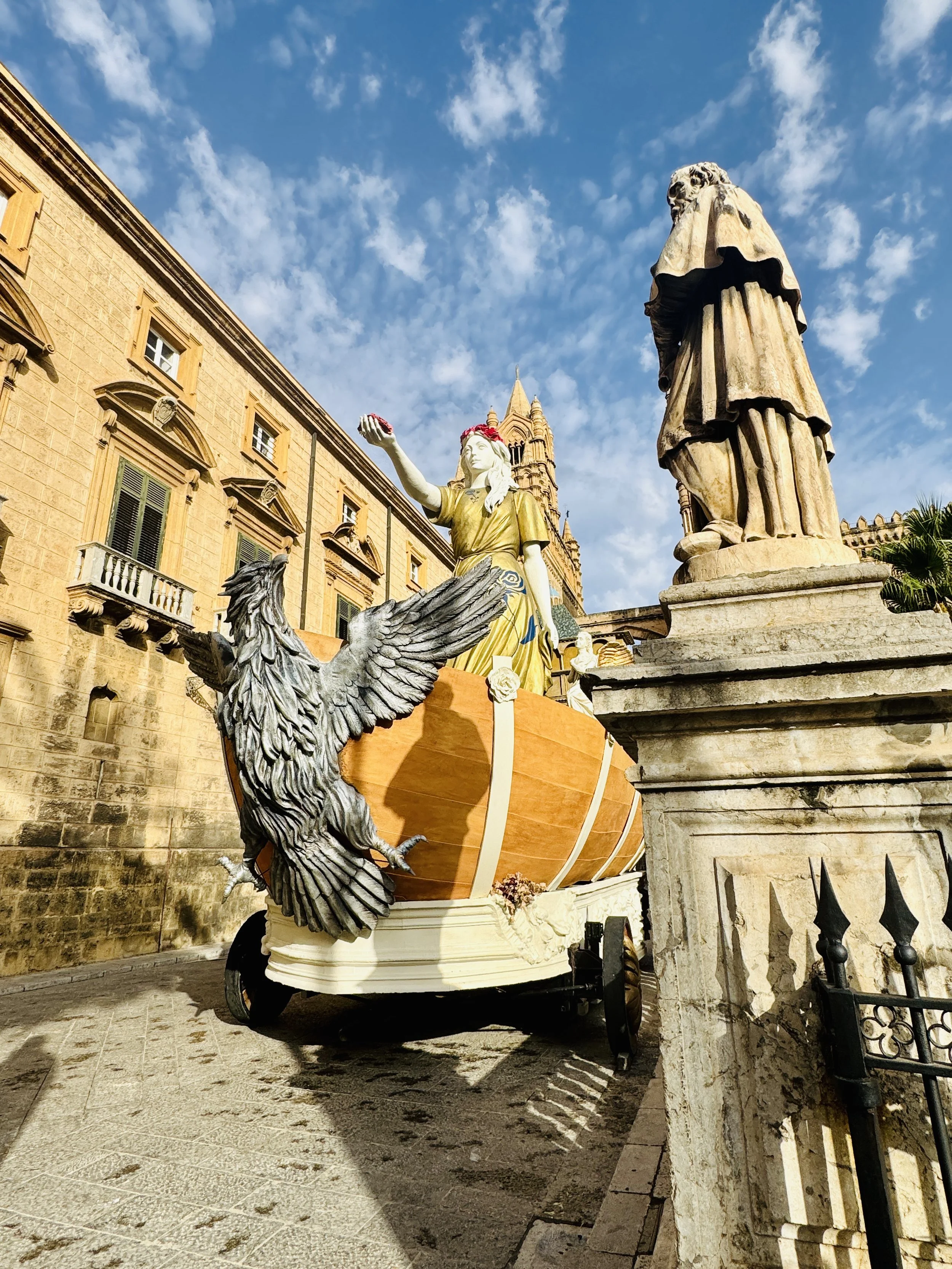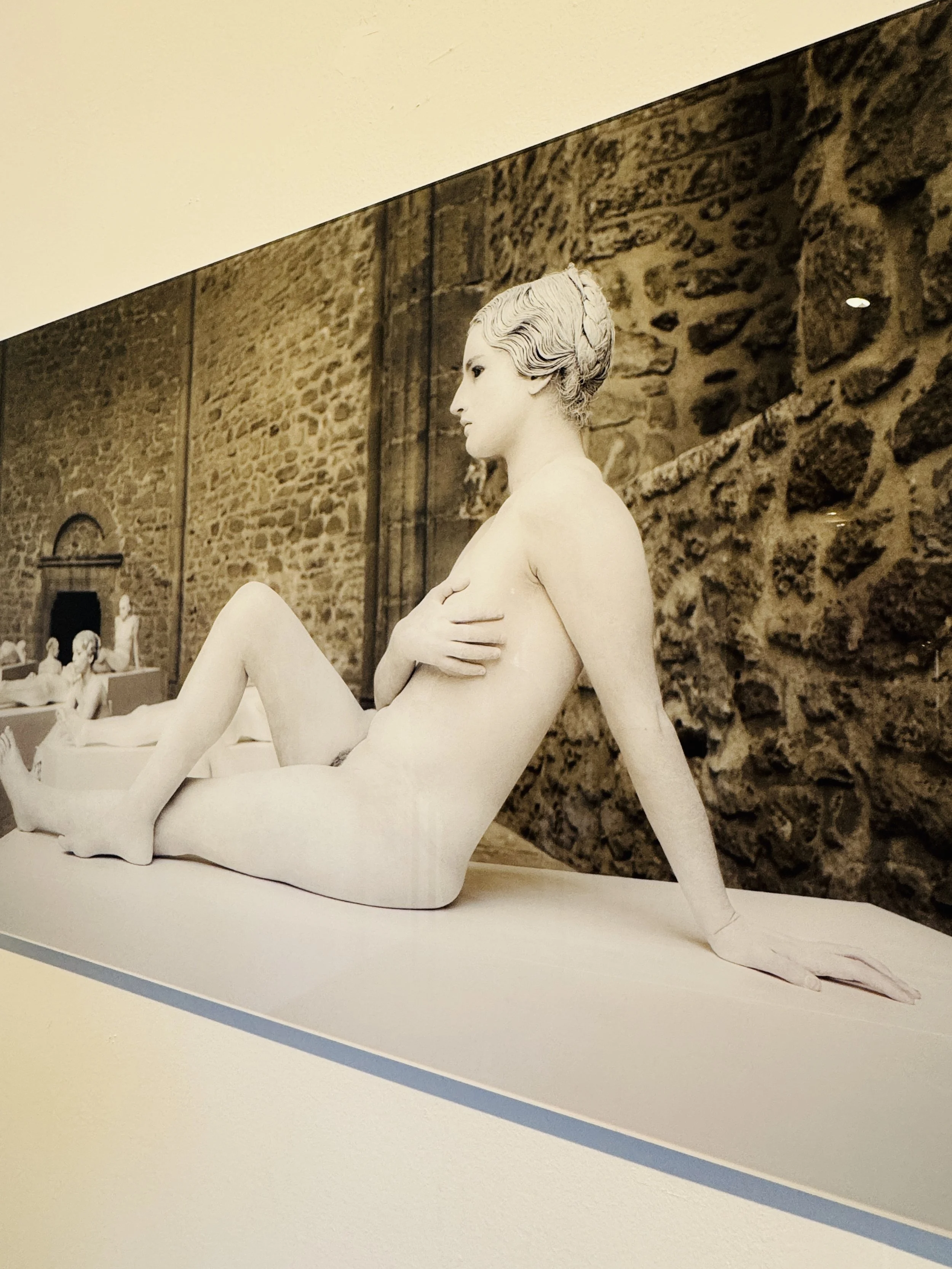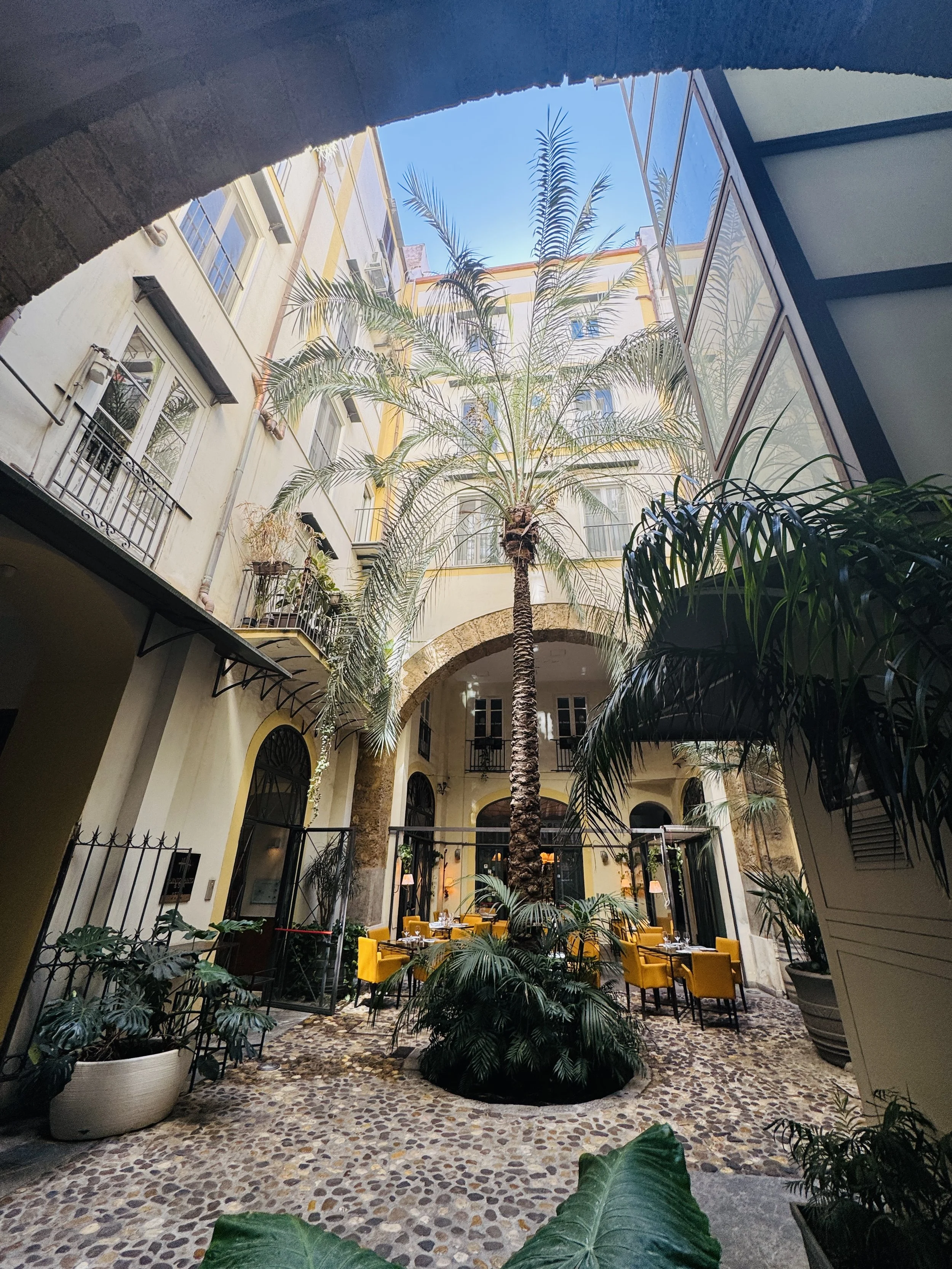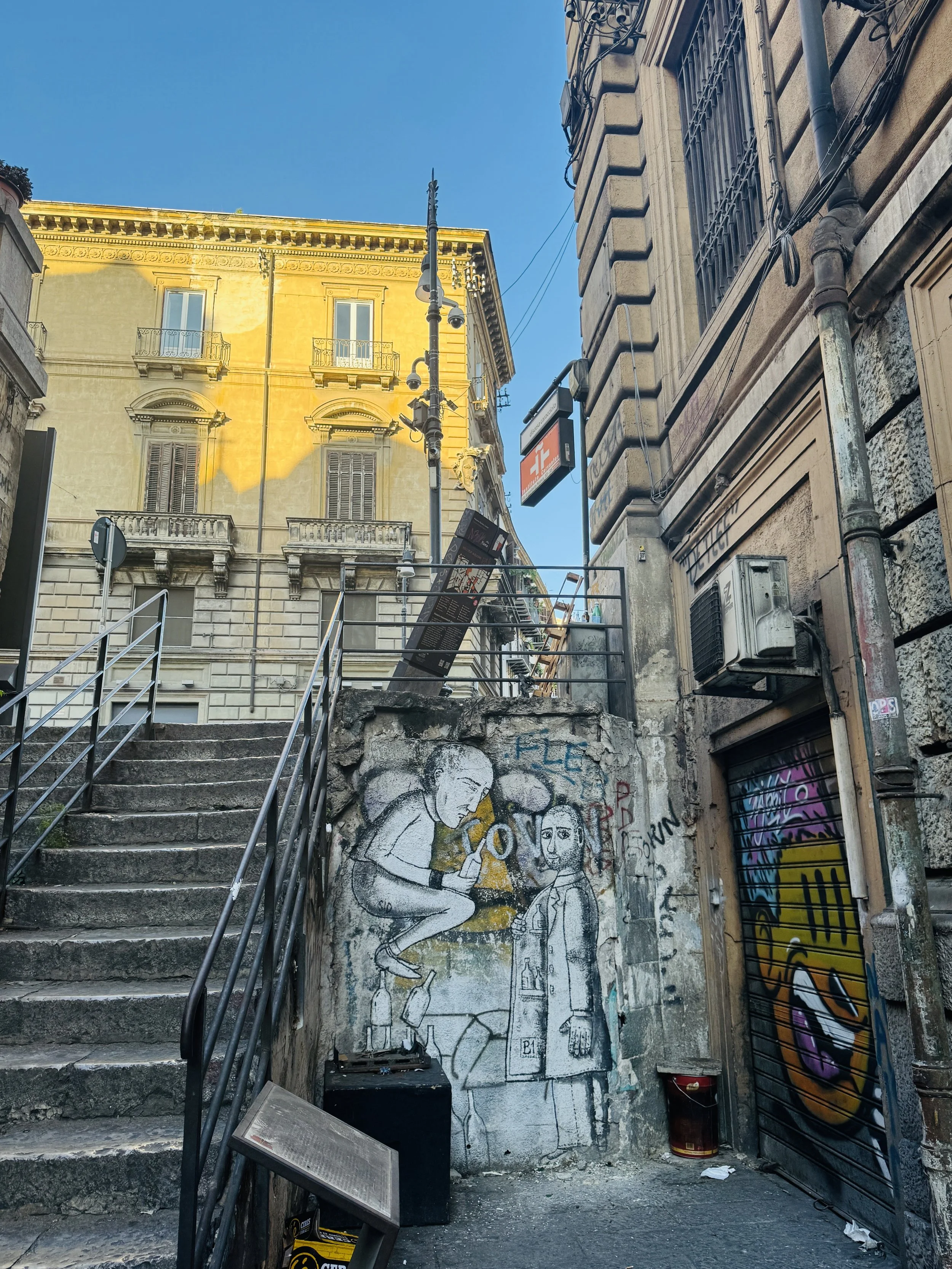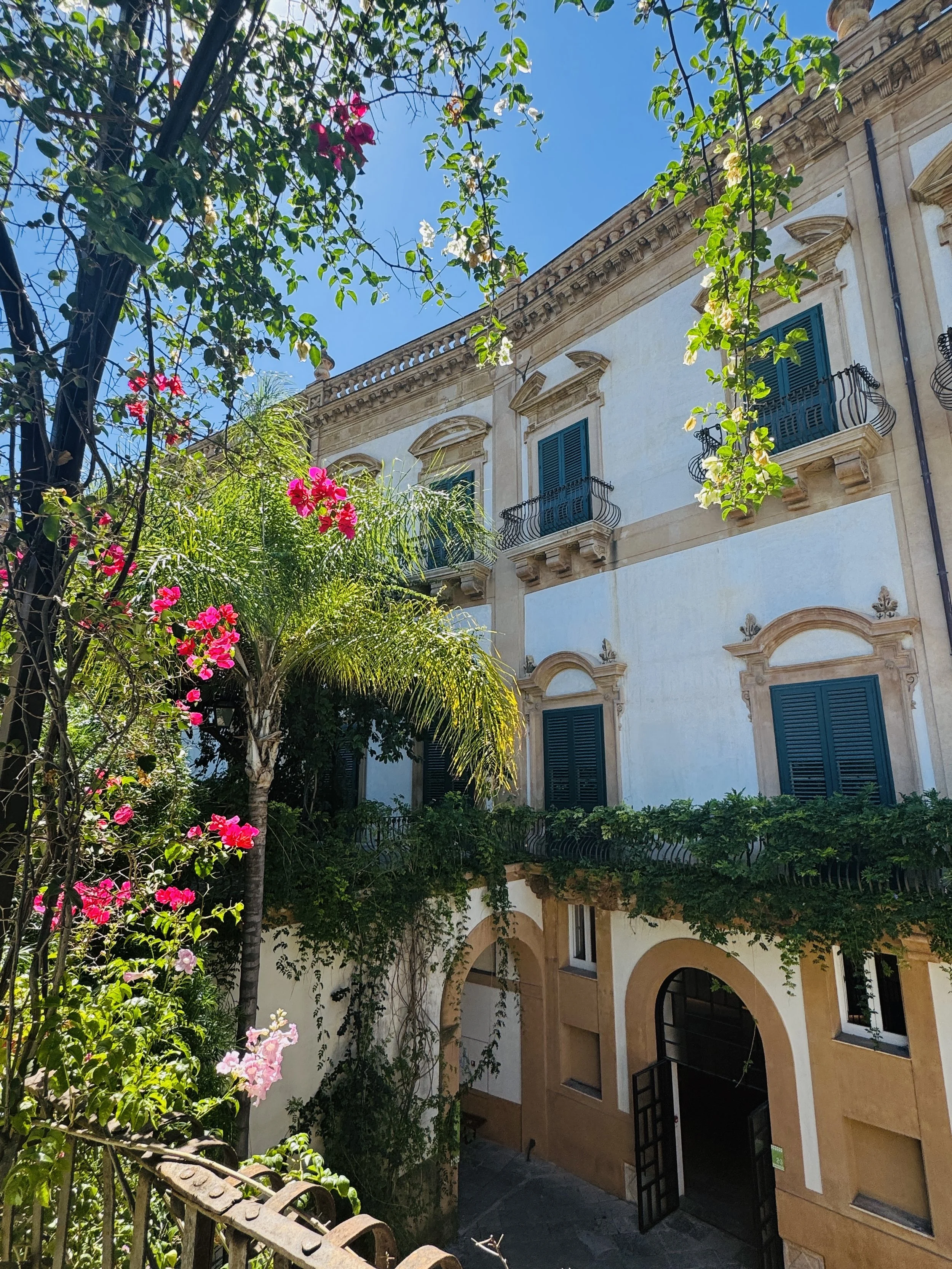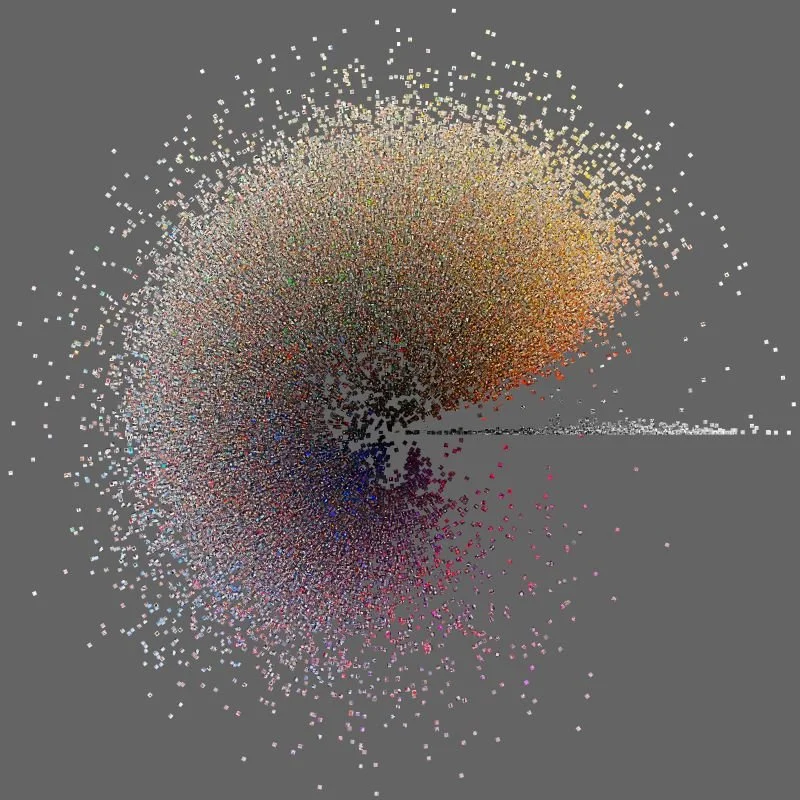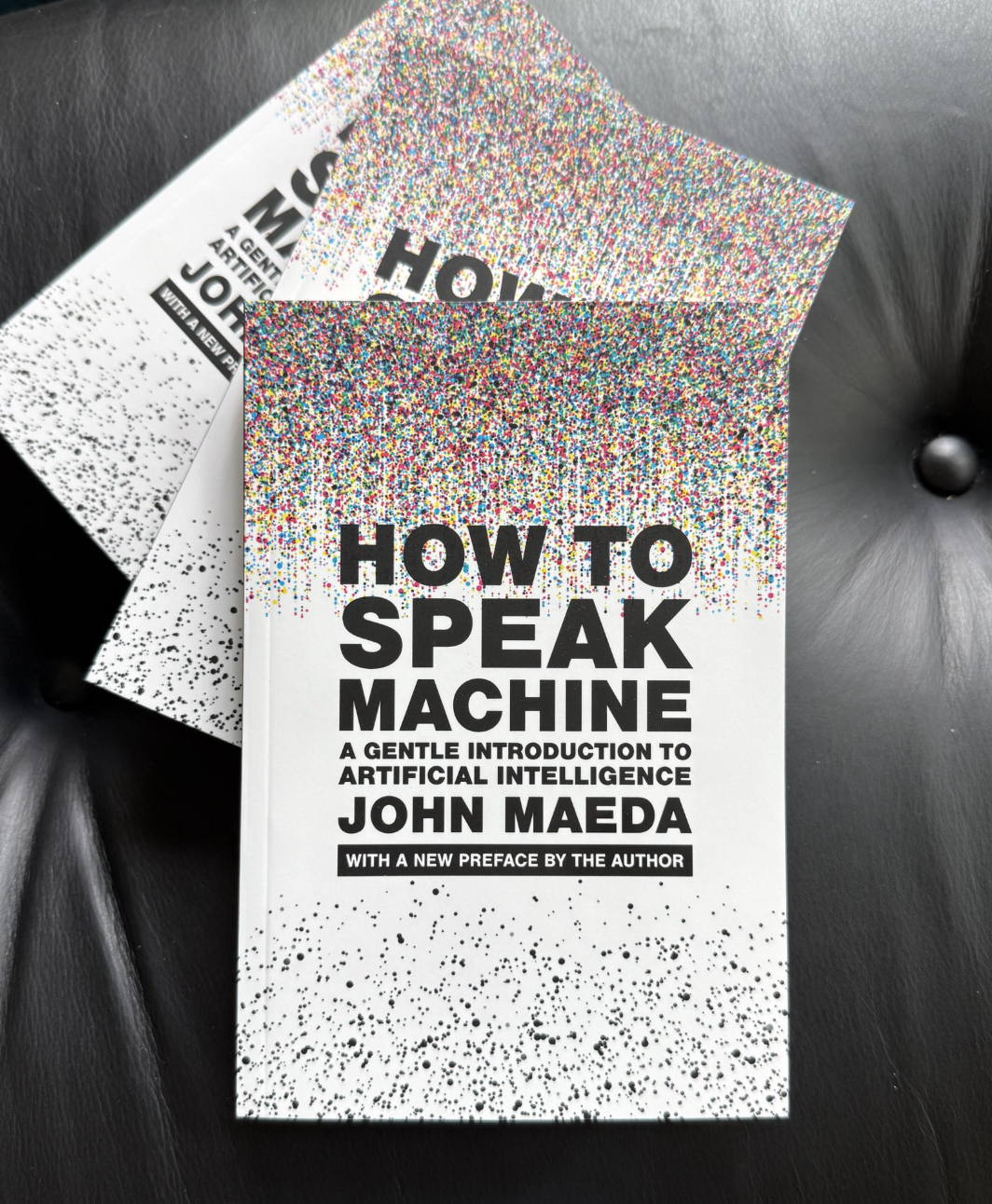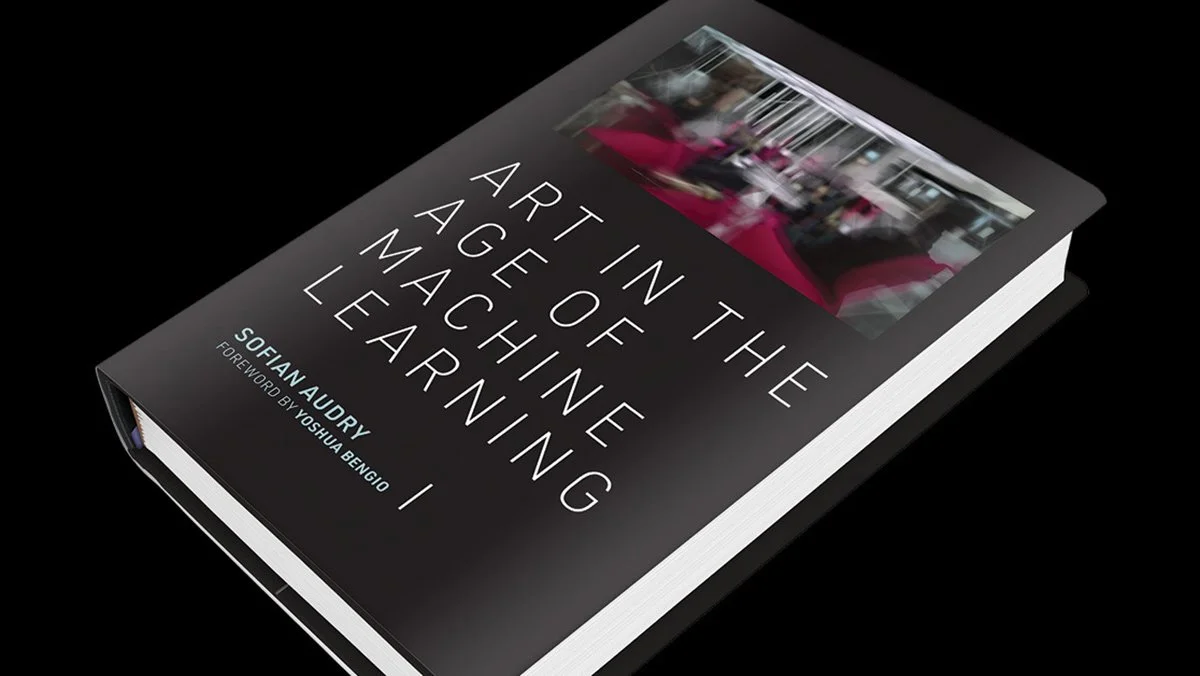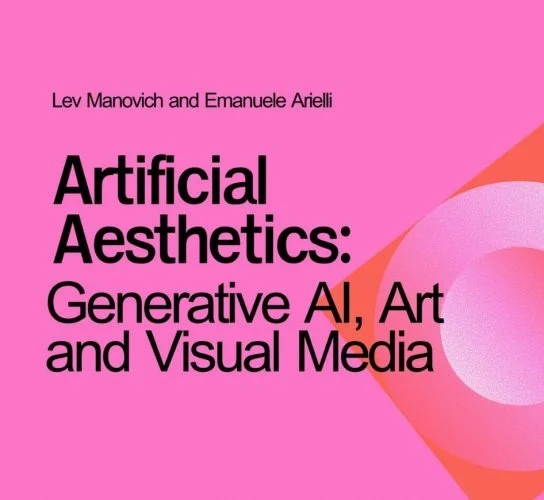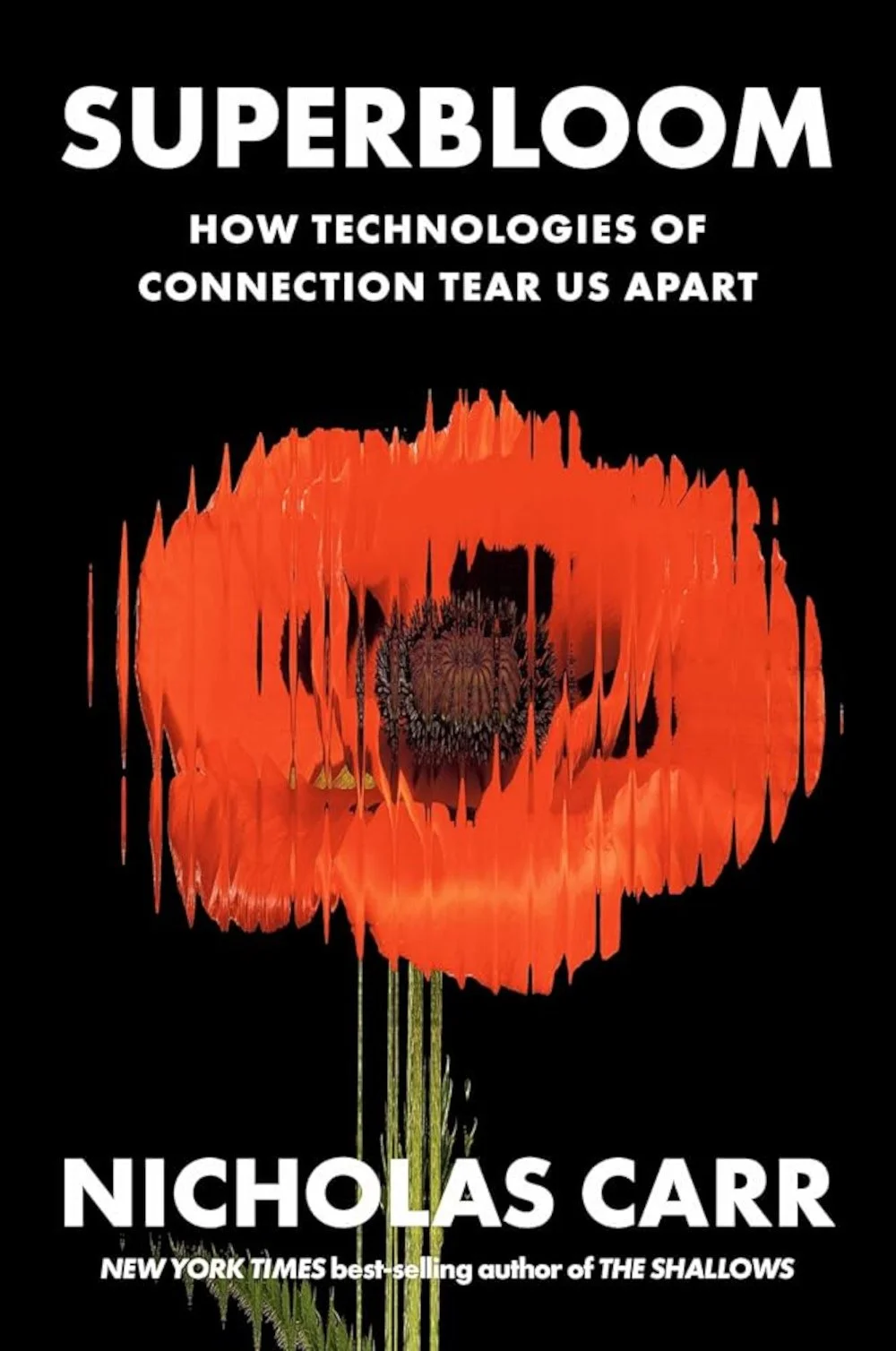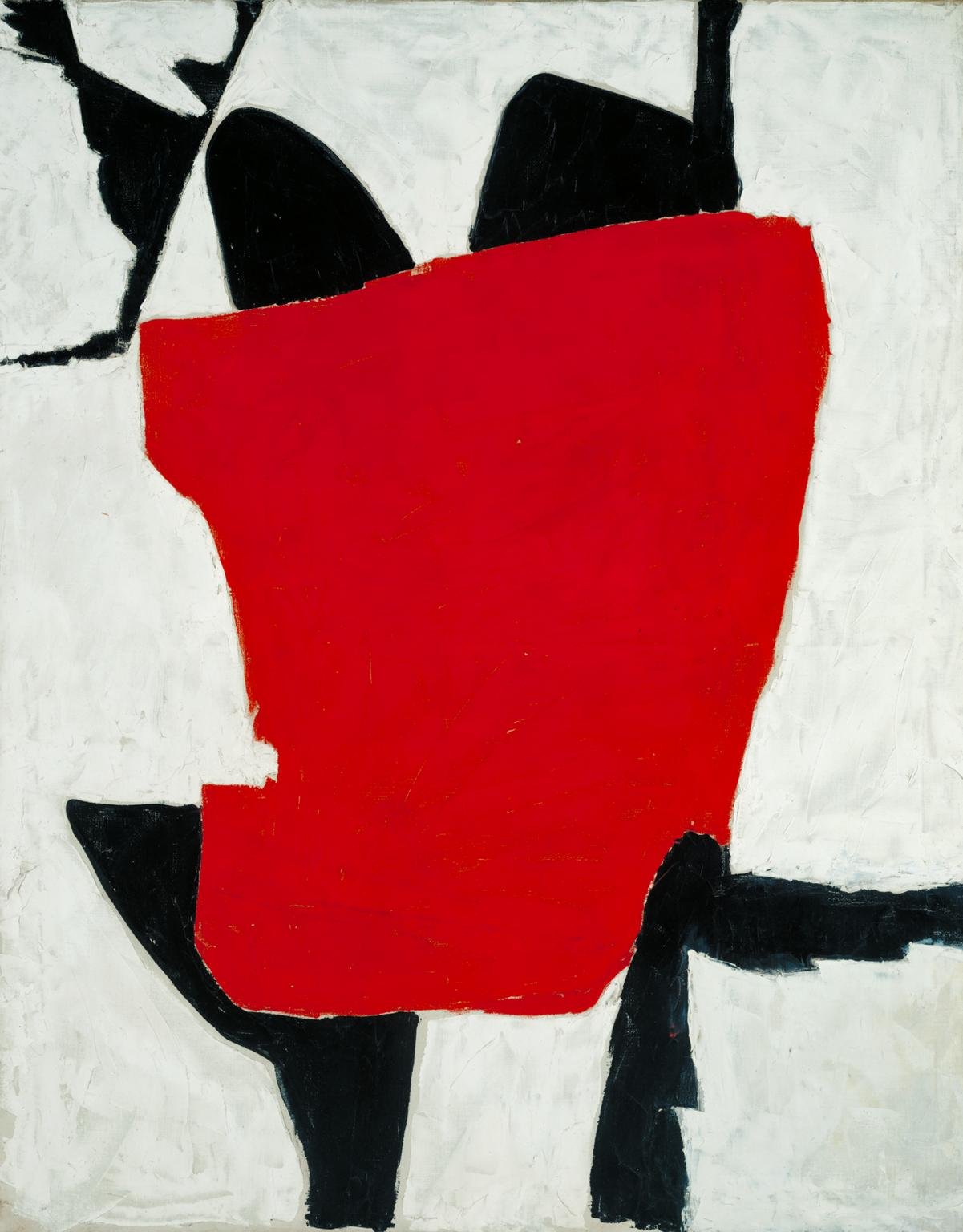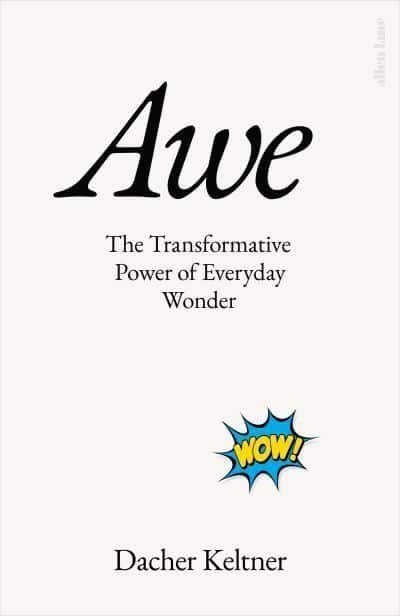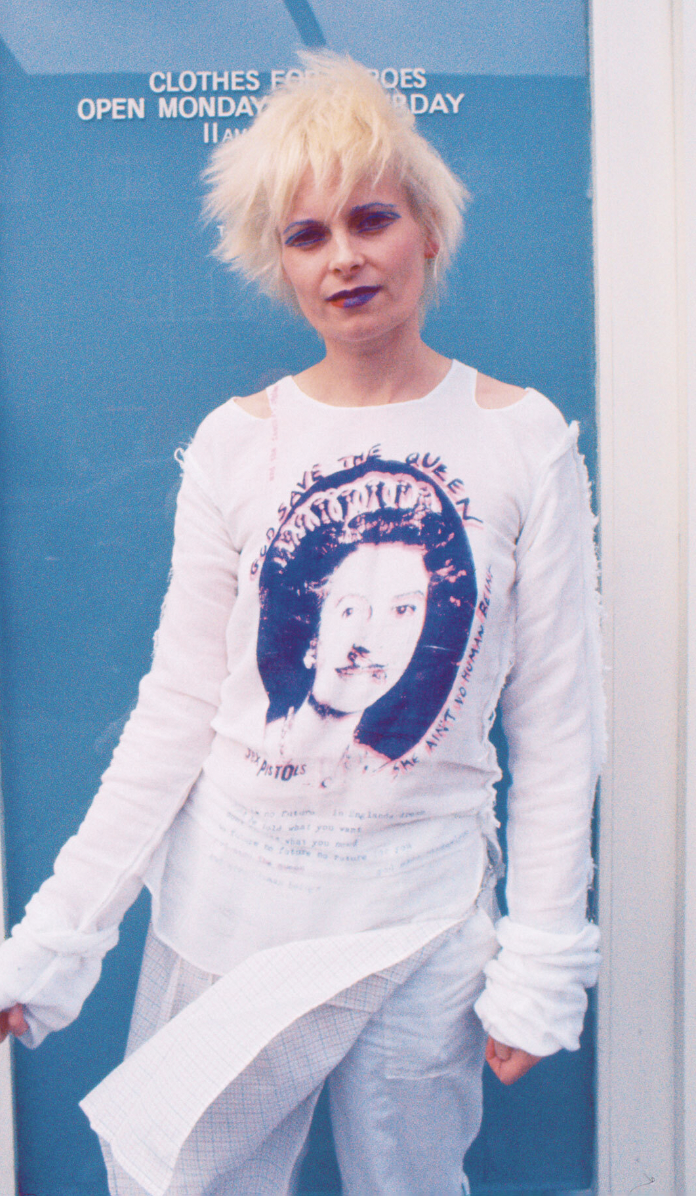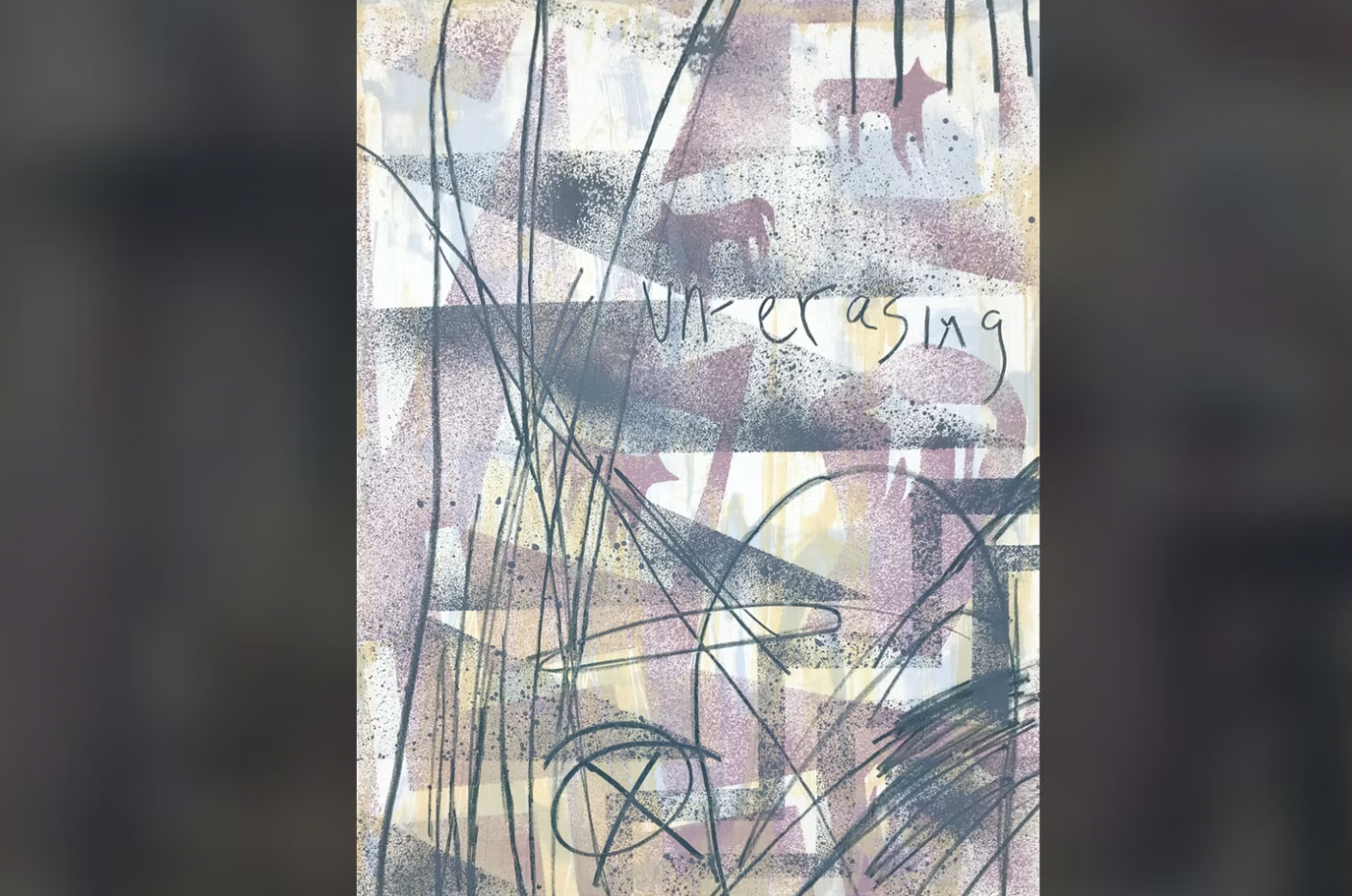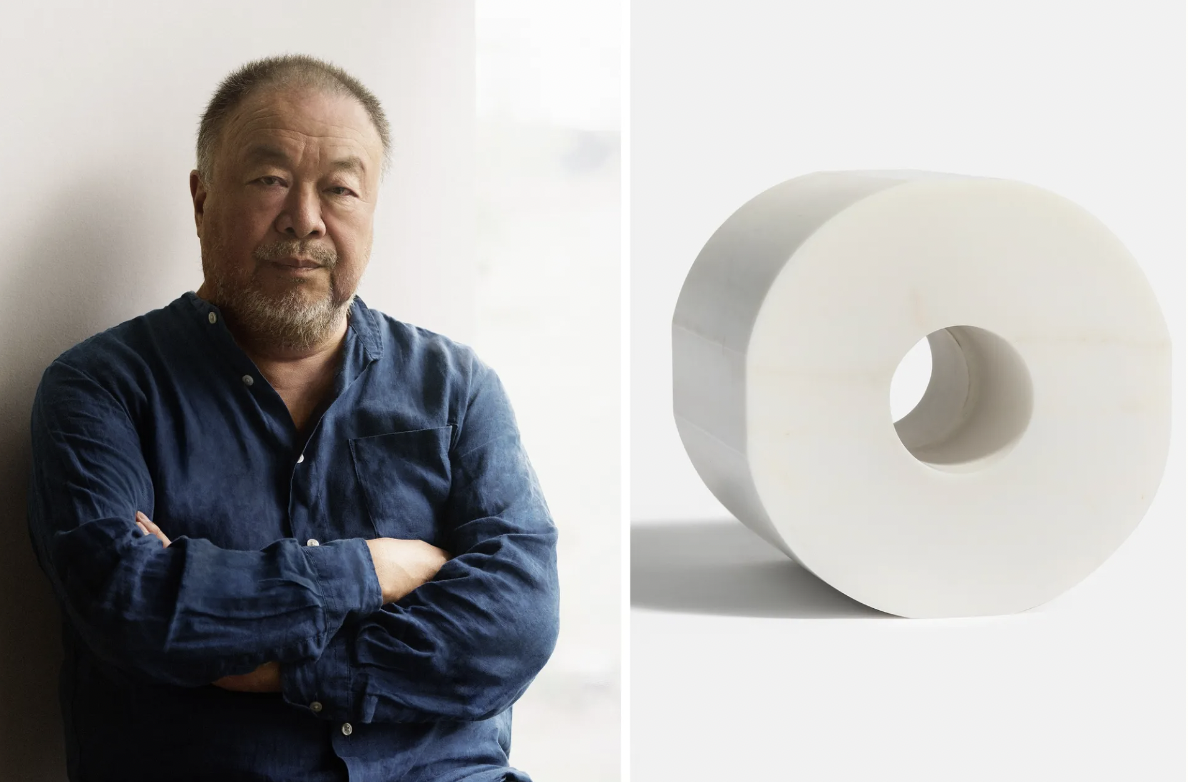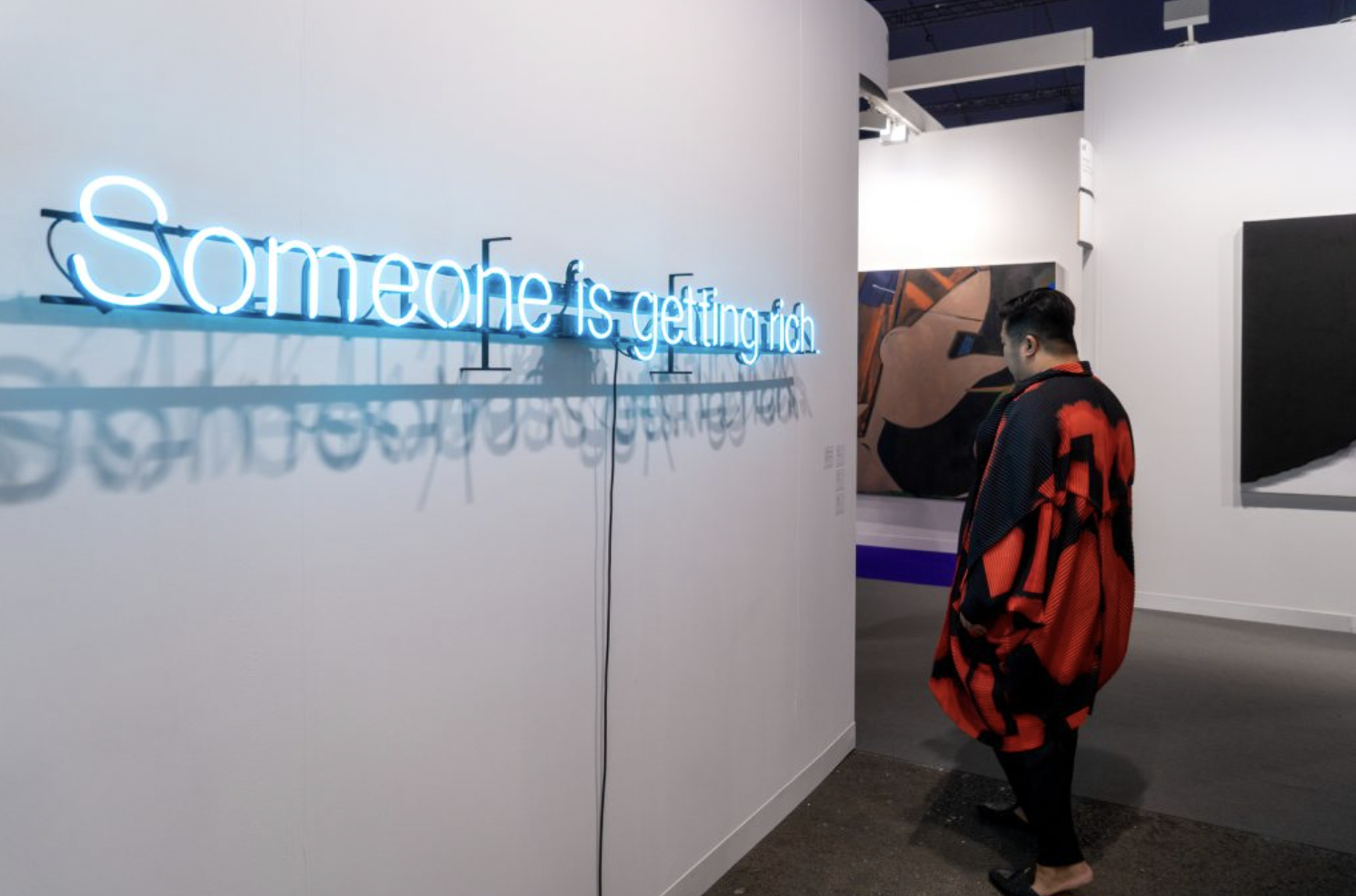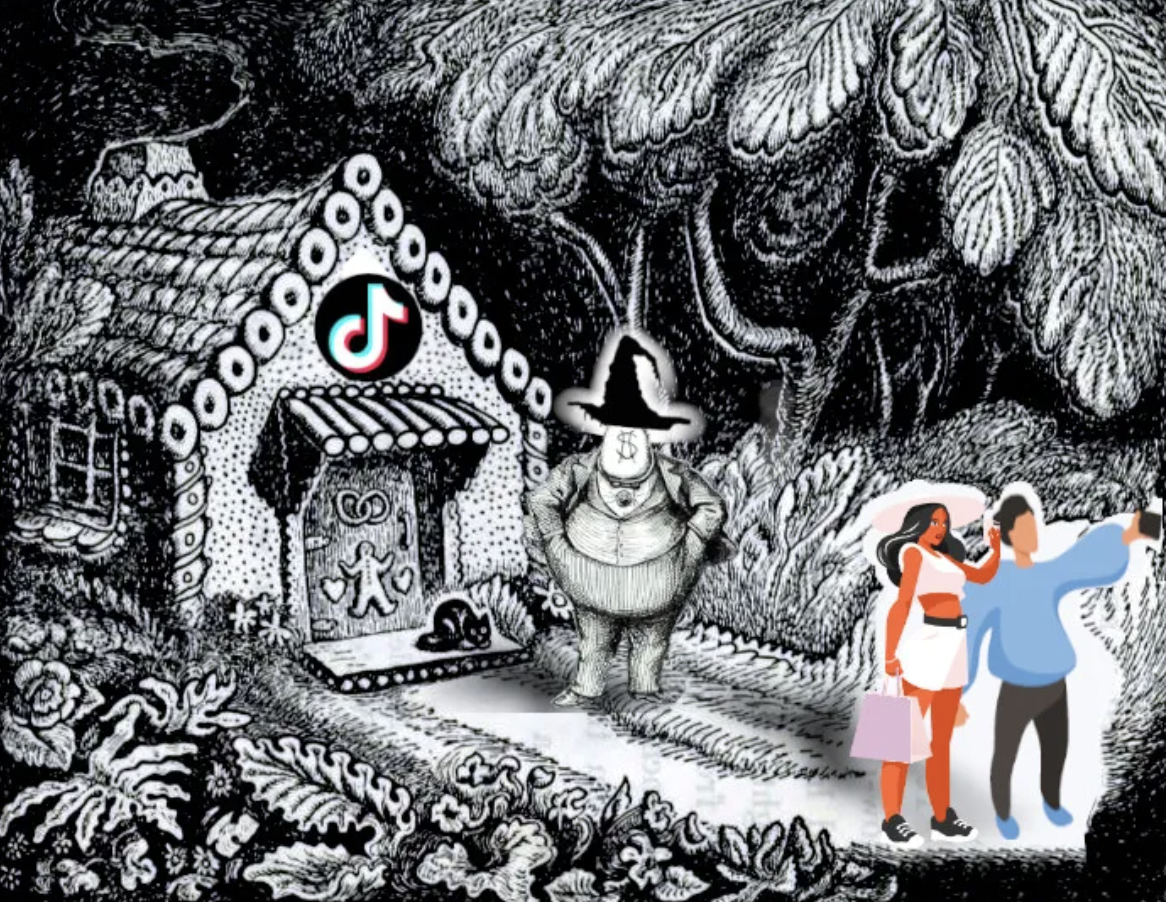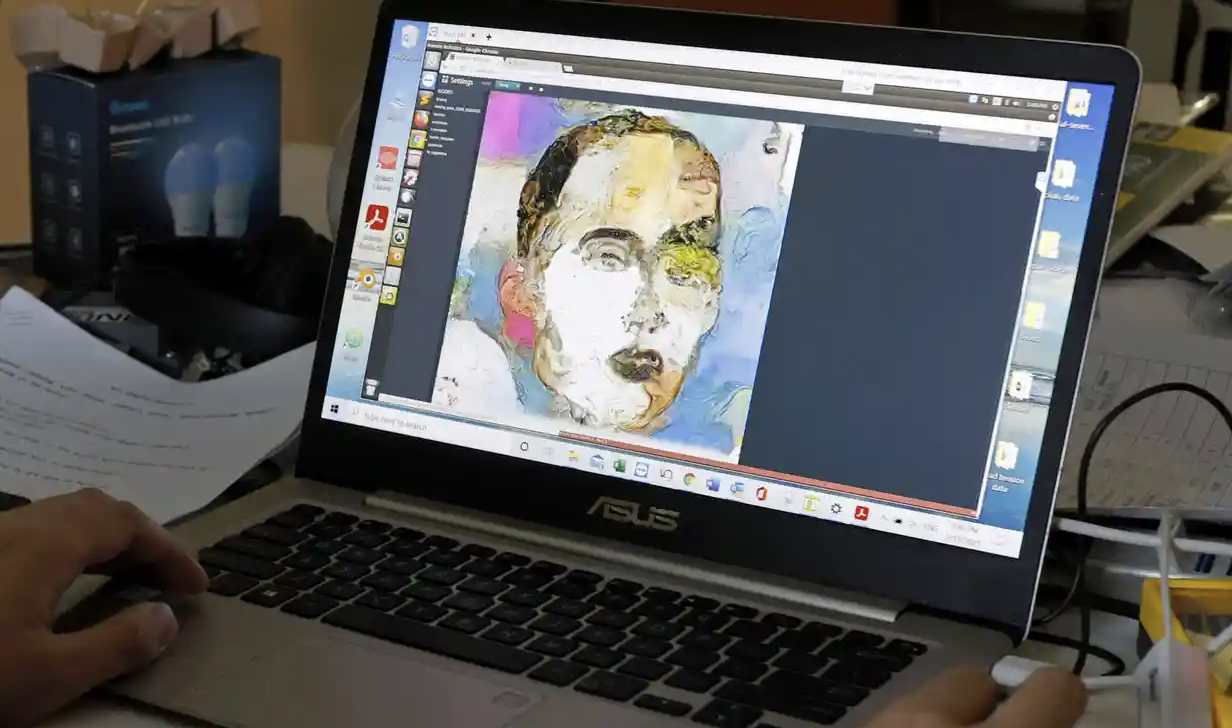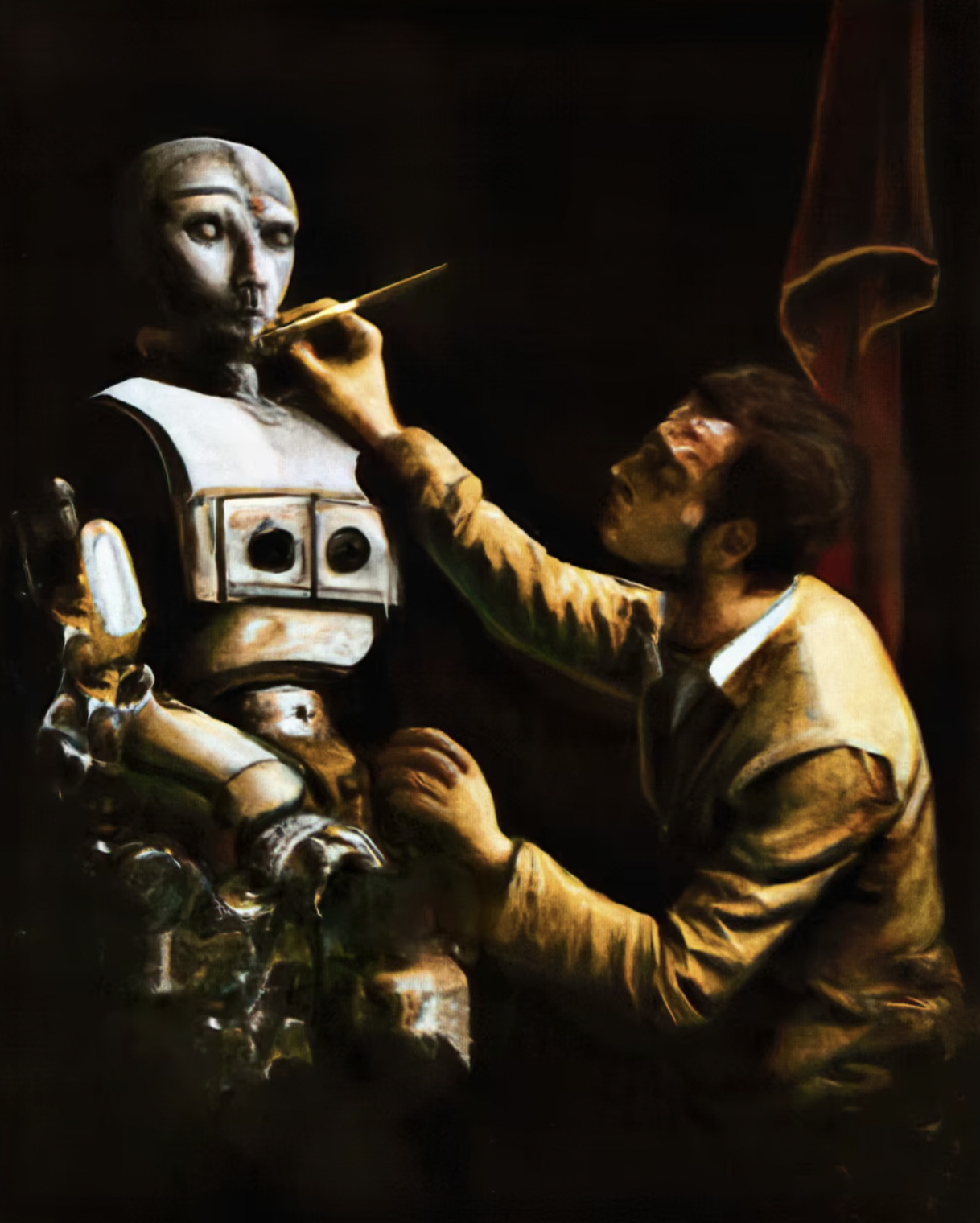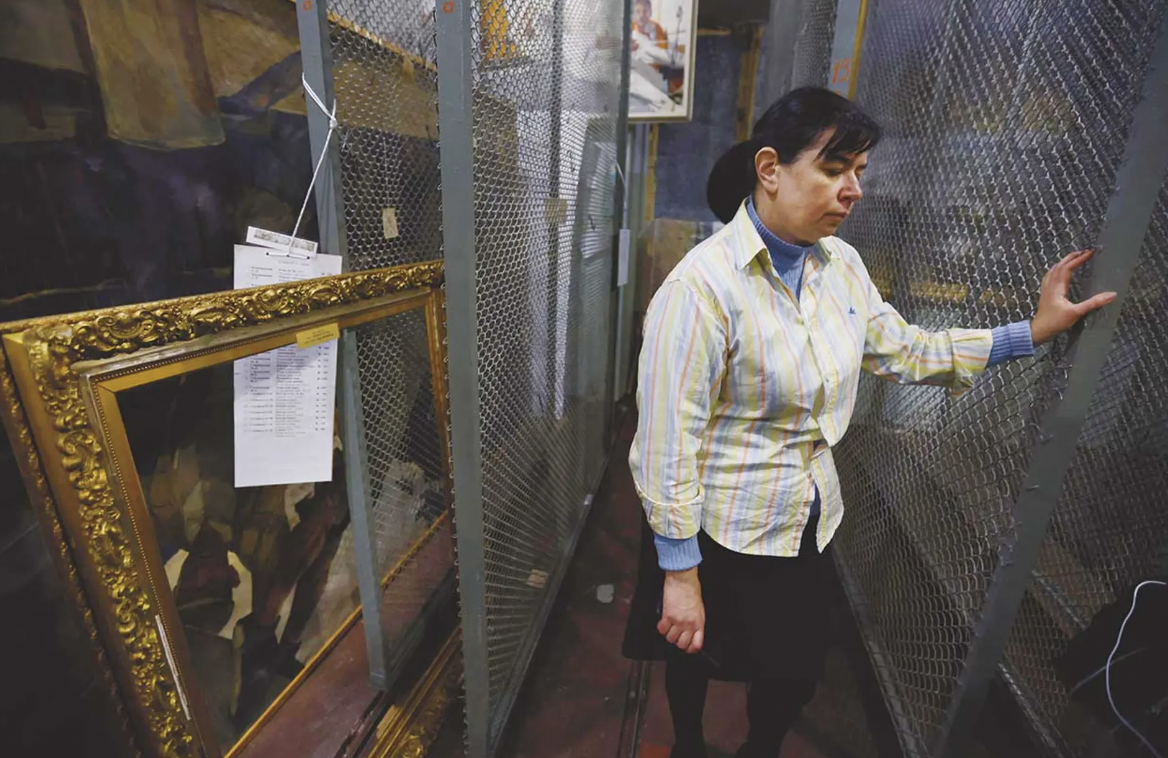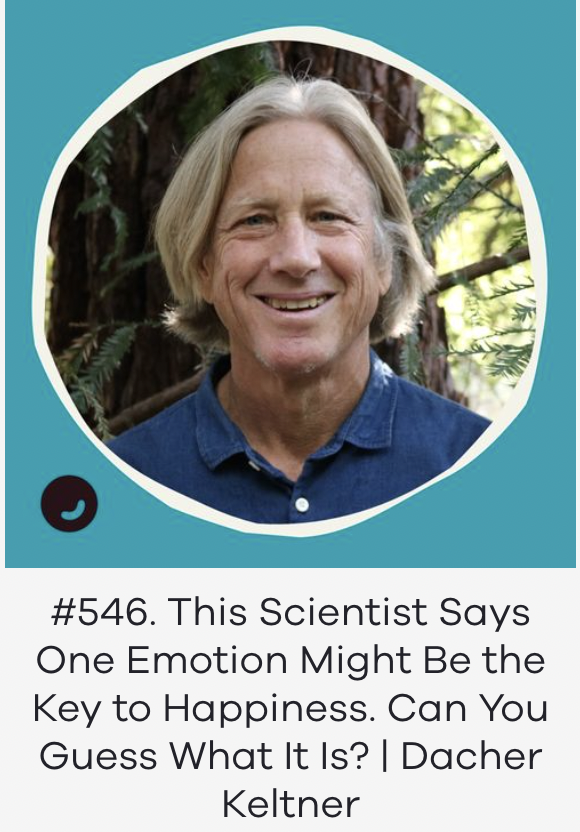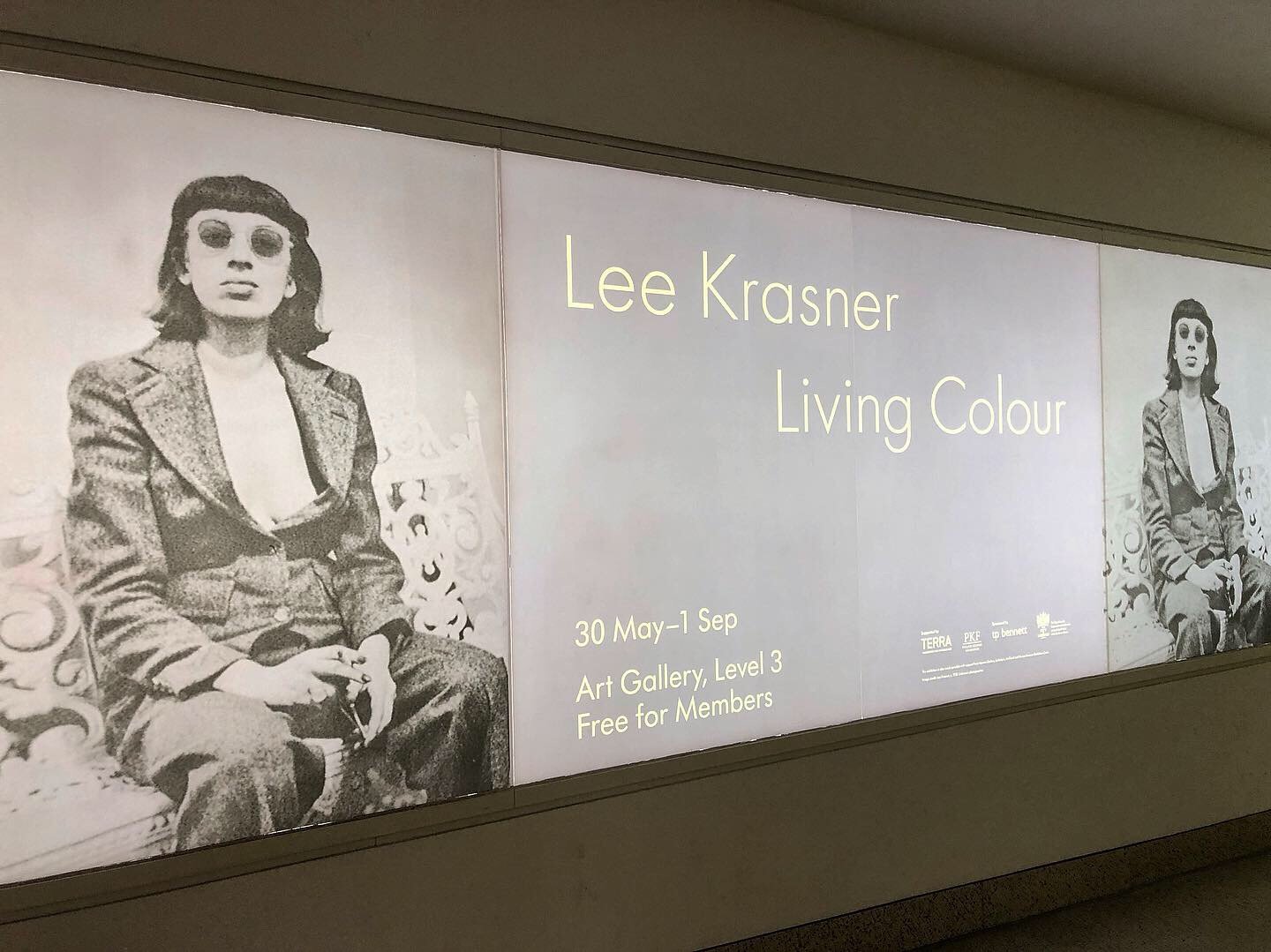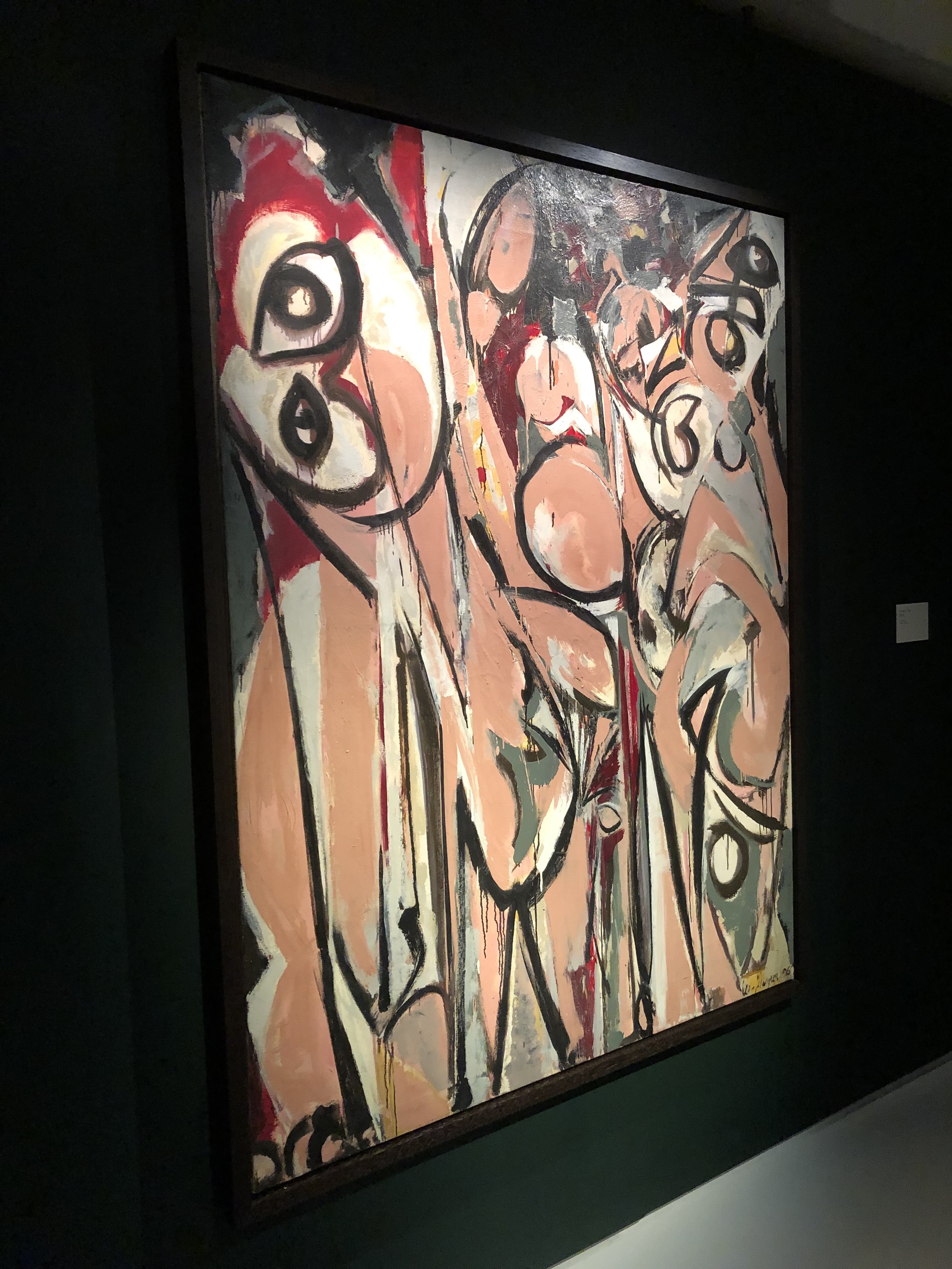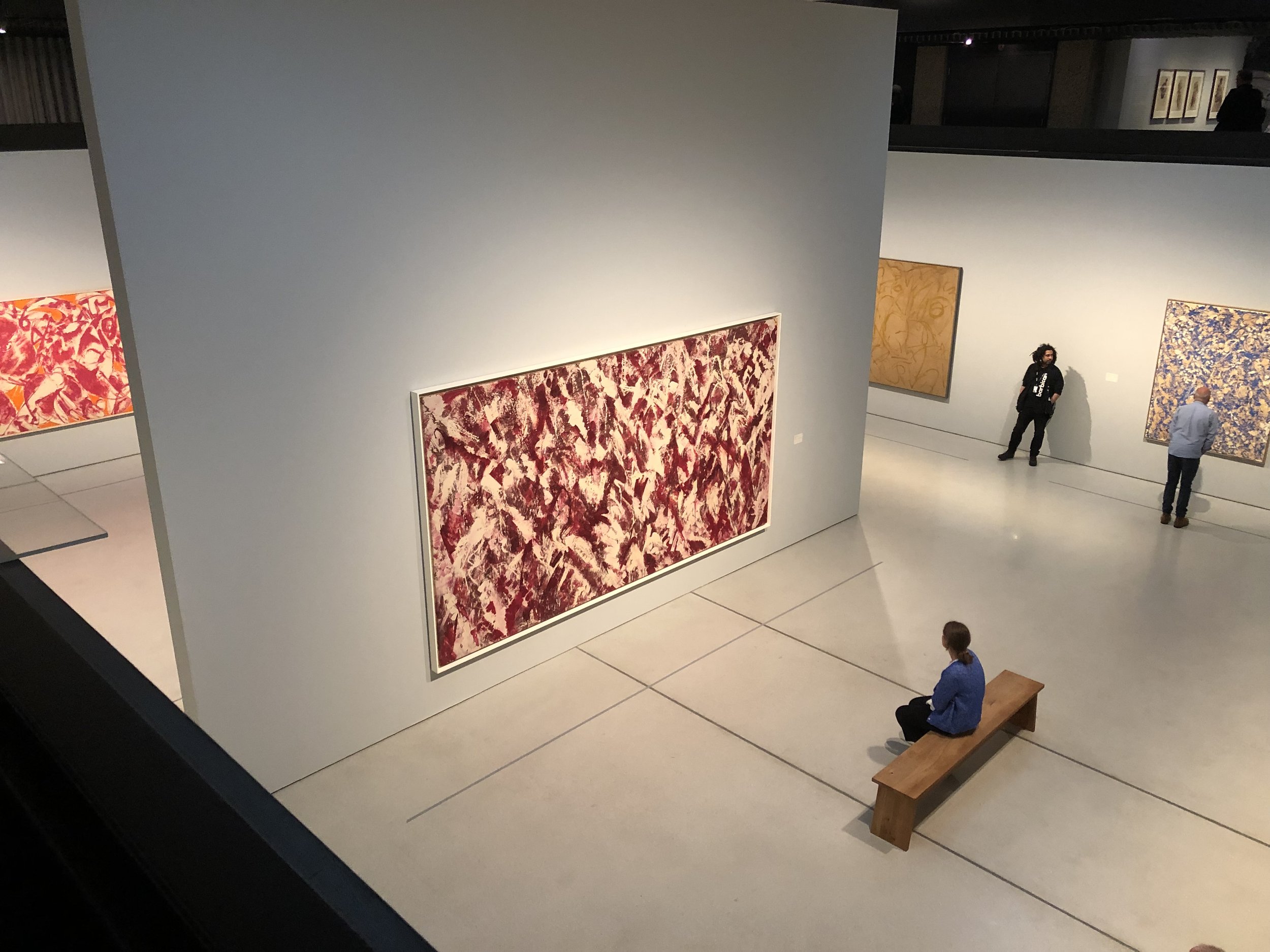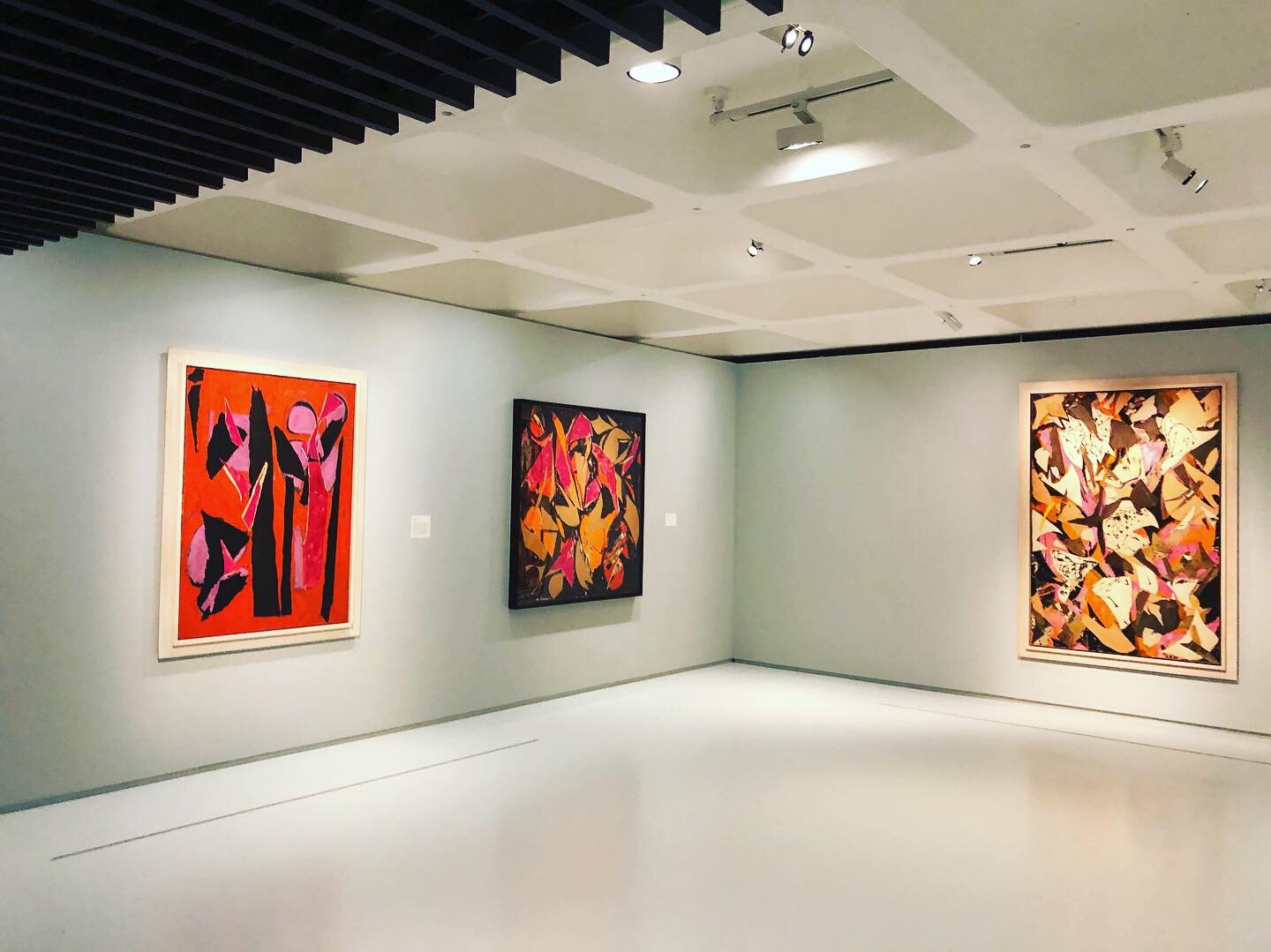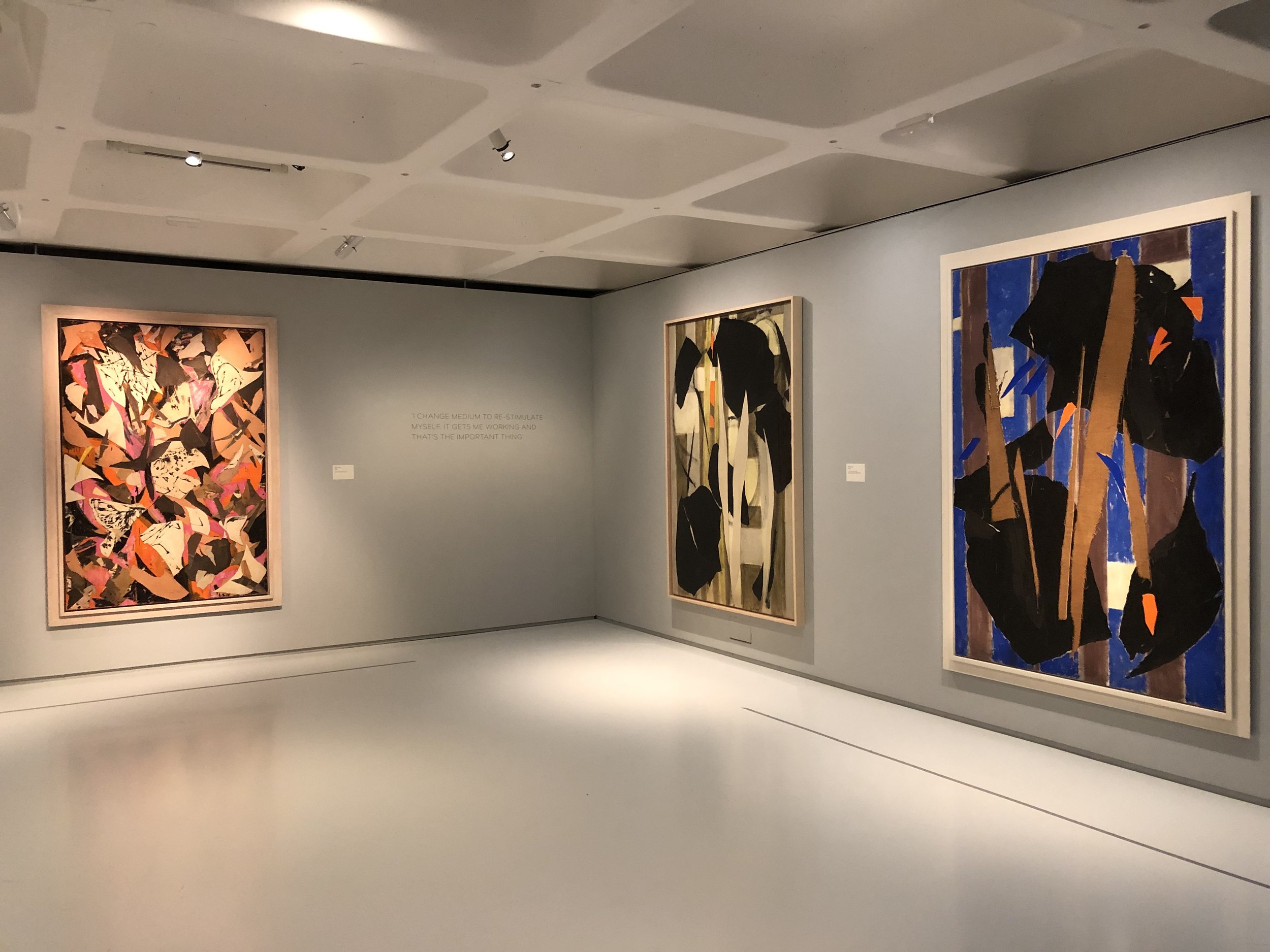Returning home from Palermo, Sicity this week, I have been reflecting on the research I presented at a roundtable discussion at the AISU (L'Associazione promuove e diffonde lo studio della storia urbana) biennial congress centered on “The Crossroad City.” The workshop, organized with a group of international researchers with whom I have been collaborating and virtually meeting for over a year, centred on the examination of urban environments as crossroads of emotions. Indeed, the city of Palermo (founded in 734 BC and inhabited by waves of different peoples and cultures) was the perfect place to think about these ideas. From the chaotic traffic, to the city markets, to the visible architecture spanning centuries, and to the constant din of lively Italian conversation taking place around every corner, it is an urban space rich in social interactions, diverse spaces, community engagement, street life, and constant energy and dynamic motion.
My contribution to the presentation focused on Vancouver and my exploration of the “No Fun City” label that has emerged over the past decade or more in local discourse and popular culture. Whenever I talk to Vancouverites about this concept, there is an immediate understanding about what it is I am trying to evoke in my research. Below, I have excerpted some parts of my talk to provide a taste of how I am connecting the emotion of detachment to this hard to language dynamic while bringing in the important element of visual representation that shapes and is shaped through the many contradictions of the city.
Perhaps most striking to me as I continue probing these questions in a post-pandemic world, increasingly impacted by machine learning and democratic backsliding, is how much discussions around emotions and our collective humanity matter today more than ever.
EXCERPTS from “NO FUN CITY: EXPLORING EMOTIONS OF DETACHMENT”
Workshop presentation at AISU in Palermo, Italy on September 10, 2025 (all rights reserved)
Vancouver is globally recognized as one of the world’s most beautiful cities—an urban space on the edge of Canada’s west coast surrounded by nature and pristine wilderness. It is a place that I call home. And so the nickname “No Fun City” comes as a surprise to many outsiders. It is this contradiction that frames my interest in unpacking some parts of the emotional character of the city—one more felt than articulated. It is something that I witnessed first-hand growing up in Vancouver as a child of immigrants, and I saw it in my parents who came to the city after escaping communist Hungary in the late 1960s. In their struggle to find a settled life in Vancouver, my mother often described the feeling as though living between two worlds: “the longer I live here, the more I feel I belong nowhere at all.”
This detachment I am describing is not just anecdotal. Over the years, I have noticed how Vancouver’s unique emotional character has been closely studied, and in more recent years, sociologists have isolated the “No Fun City” title as part of a wider cross-cultural phenomena that has been explored by authors, filmmakers, and playwrights. This no-fun city moniker, what I am now associating with the emotion of “detachment” --a condition or state in which a person lacks emotional connectivity to others-- is both temporal and spatialized and tied to the particularities of the contemporary urban experience of Vancouver.
Vancouver is a city of immigrants, only 140 years old, and it is a city of extreme contradictions, at once among the most liveable in the world, but also among the least affordable. And then there are the unsettled land claims in my city—we live on traditional territories that are deeply contested by Canada’s indigenous populations. The hope for truth and reconciliation coupled with the history of violence is ever-present in the cityscape. This results in its own peculiar kind of emotional blunting familiar to the Canadian immigrant experience.
Architecturally, I can track emotional detachment as a characteristic of the urban style of Vancouverism—a planning philosophy balancing nature and a growing population, but one that is also deeply paradoxical. Vancouverism emerged to densify the city through the use of modern forms that emphasize light, air, and views, but it has also been criticized for siloing residents in glass structures with little community connection or public engagement.
Zooming out, we see a built environment reflecting this paradox of Vancouver—a beautiful city without a visible past in all its technological and spatial experimentation. It is perhaps best described by political scientist Serena Kataoka as “one-part rural romance of living close to nature, and one part romance of diversity and complexity.” Perhaps that is why Vancouver so easily plays other cities in film and television. Vancouver is among the most photographed and filmed cities on the planet-- one that exists within a paradigm of what is concealed and what is revealed and set against a backdrop of technological speed and global media spectacle.
On screen, Vancouver becomes everywhere but itself and its natural beauty and architecture are outsourced and sold as a cultural product to the entertainment industry, a blank slate of detached representational potential, built on its uncanny and artificial qualities. What I recognize as an art historian is that this kind of learned connoisseurship of a city’s urban and natural spaces is not new, and tied to painting traditions of the picturesque and sublime emerging under nation-building projects in the 19th-20th centuries. These are fantastical projections that have allowed Vancouver to be promoted aesthetically to potential residents and investors as a “land of new horizons.” Today, we might recognize it more as a kind of ready-made Instagram filter.
But this is also where I offer my intervention, posing the question around how “seeing” – and more specifically, technologically mediated seeing—is critical to unpacking the emotional resonance and distinctive character of urban spaces today, pointing researchers towards a better understanding of the representational crisis, identity, and lived experience that emerge under conditions of neoliberalism. When Susan Sontag first drew attention and called for critical reflection via the photograph in the 1970s, it was directly tied to early-stage conceptualism, a moment of reorienting a new generation of artists and art historians towards the task of unmasking the perceived neutrality of photographs.
Staged to represent an idea, conceptual art called into question the very means of representation. But, as I have come to discover, we can also see shifting emotional states and traces of their subverted expression emerging out of the encounter of late capitalism and postcolonialism with the dominant features of globalizing urban spaces. Within my city, what came to be designated “Vancouver School” photoconceptualism developed from the 1970’s onward to challenge the prevailing rhetoric of Canadian multiculturalism and the aesthetic branding tied to the city. Put in its simplest terms, these Vancouver artists used photography to question representation itself and experimented with multiple and overlapping forms of contemporary image-based technologies.
Importantly, what I have learned from extending my analysis of these and other Vancouver-based artists past and present is that the lure of the technologically mediated image exists precisely because of its conceptual and contingent nature, but also because of its appeal to populism and human-made culture rooted in urban emotions. Here, my exploration into urban emotion also broadens to the idea that visual representations of cities, particularly those that are produced through new media forms, have historically traded in something more understandable today as the experience economy. And the result? A range of yet-to-be explored conflicted emotional identities for cities and their inhabitants.
Arguably, one of the shared challenges of many contemporary artists today centers on continuing to identify, subvert, and expose the emotionally loaded visual vocabulary of past art traditions while simultaneously interrogating commercial, popular, and social media visual culture that picture spaces, people, and things in a limited and disconnected emotional range. With artificial intelligence, machine learning, and deep fake technology on our collective doorstep, we can all see how serious the implications will be moving forward for us all. Not only is technologically mediated seeing about to become further unmoored from lived experience, but it will continue to displace the nuance and range of human emotional expression.

